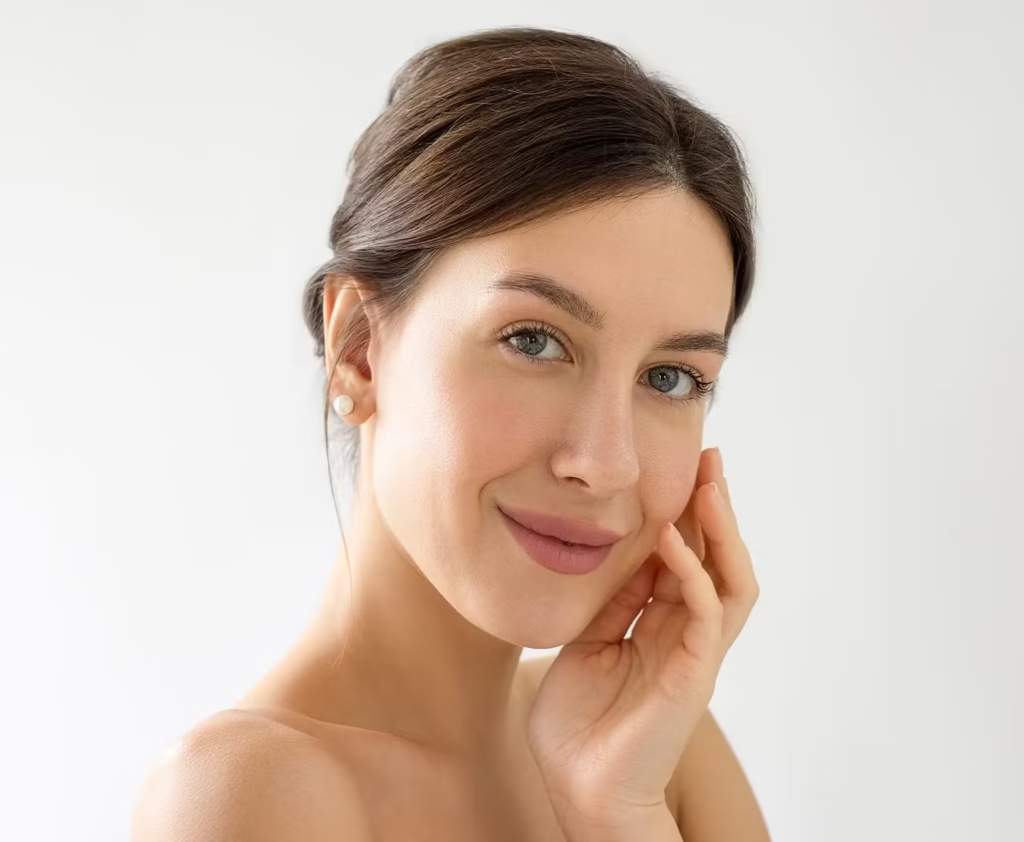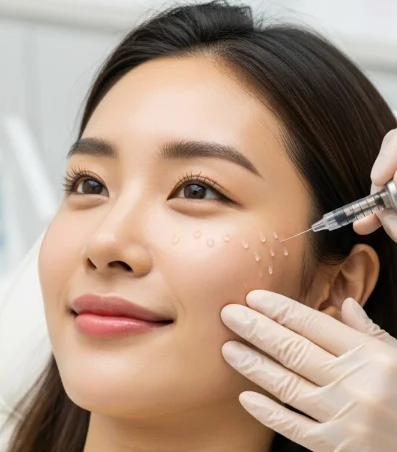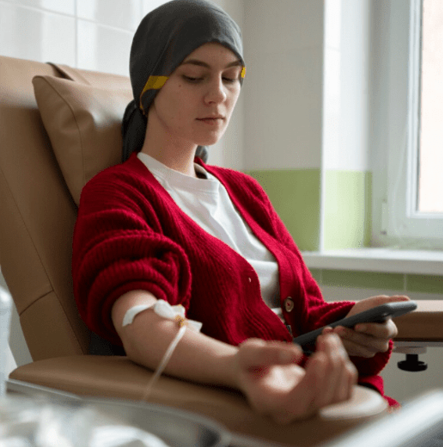A Comprehensive Overview from Korean Clinics
South Korea is widely acclaimed as a global leader in hair restoration, particularly for medical tourists seeking natural-looking hairline surgery. Combining cutting-edge technology, expert surgical skill, and a deep understanding of hair biology and aesthetics, Korean clinics deliver results that closely mimic natural hair growth patterns. Here’s how the process works and what makes Korea a preferred destination for this procedure.
🧬 The Science Behind Natural Hair Growth Restoration
Hairline surgery is not merely about adding hair—it’s about recreating the natural hair growth environment:
- Follicular Unit Extraction (FUE) and Direct Hair Implantation (DHI) techniques harvest healthy hair follicles from the donor site (usually the back or sides of the scalp).
- These follicles are transplanted one-by-one with microscopic precision, following the natural angle and direction of original hair growth.
- Korean surgeons use high-magnification microscopes to ensure that follicular units containing 1–4 hairs are implanted in the proper orientation, allowing new hair to grow naturally and seamlessly blend with existing hair.
- Advanced imaging and 3D scalp mapping technologies assist surgeons in designing a hairline that complements each patient’s facial structure, gender, and age progression.
✈️ Why Medical Tourists Choose Korea for Hairline Surgery
1. Personalized Treatment Plans
- Korean clinics tailor every surgery to individual patients, factoring in ethnic hair texture, scalp condition, and personal aesthetic goals.
- Pre-surgery digital simulations give medical tourists a preview of their post-op hairline, helping set realistic expectations.
2. State-of-the-Art Facilities
- Equipped with the latest surgical instruments, operating rooms maintain strict hygiene protocols.
- Use of robotic assistance and AI technologies enhances accuracy and efficiency.
3. Experienced Surgeons Specializing in Natural Results
- Korean surgeons undergo rigorous training in hair restoration.
- Many have international certifications and publish research in global journals.
- The focus is on artistic hairline design—replicating the irregularity and softness of natural hairlines rather than artificial straight lines.
🪡 Step-by-Step Hairline Surgery Process for Medical Tourists
| Stage | What Happens | Benefits for Natural Growth |
|---|---|---|
| Consultation | Virtual or in-person analysis of hair loss pattern and donor site | Personalized plan increases graft survival and natural look |
| Designing Hairline | Digital 3D modeling & patient feedback | Ensures hairline suits facial proportions and age |
| Harvesting Follicles | Extraction of healthy follicular units via FUE or DHI | Minimally invasive with minimal scarring |
| Implantation | Meticulous graft placement following hair angle & density | Mimics natural hair growth direction and spacing |
| Post-Op Care | Instructions on scalp care, nutrition, and avoiding stress | Supports healthy follicle integration and growth |
🌟 Unique Korean Innovations Enhancing Natural Hair Growth
- Stem Cell and PRP Adjuncts: Many Korean clinics combine transplantation with platelet-rich plasma (PRP) or stem cell injections to improve graft survival and stimulate dormant follicles.
- Laser Therapy: Low-level laser treatments (LLLT) before and after surgery help increase blood flow and accelerate healing.
- Scalp Micropigmentation: Offers a non-invasive camouflage solution to enhance hair density appearance while transplanted hair grows in.
🕒 Recovery and Growth Timeline for Medical Tourists
- First Week: Minor swelling and redness; scabs form but should not be picked.
- 2-3 Weeks: Transplanted hairs shed naturally (normal “shock loss”).
- 3-4 Months: New hair begins to grow from transplanted follicles.
- 6-9 Months: Significant visible hair growth with improved density.
- 12+ Months: Full maturation of transplanted hair with natural texture and pattern.
🌐 How Korean Clinics Support Medical Tourists
- Multilingual staff to overcome language barriers
- Assistance with visa applications and medical travel documents
- Coordination of airport pickup, accommodation, and local transportation
- Post-surgery follow-up via telemedicine platforms
- Flexible scheduling to fit tourist plans and recovery needs
💬 What Korean Doctors Advise Medical Tourists
“Restoring natural hair growth is a balance of science and art. Our approach focuses on personalized hairline design and meticulous follicle handling to ensure every graft thrives and grows as if it was never transplanted.”
— Dr. Lee Ji-hoon, Seoul Hair Restoration Specialist
“Medical tourists should plan for adequate recovery time here to benefit from in-person aftercare, which is essential for the best outcomes.”
— Dr. Park Soo-min, Busan Hair Clinic
✅ Final Tips for Medical Tourists Considering Hairline Surgery in Korea
- Choose clinics with proven international patient experience.
- Review before-and-after photos of patients with similar hair types.
- Ensure the clinic provides a comprehensive aftercare package.
- Schedule surgery to allow at least 7 days of recovery in Korea before traveling.
- Follow all post-op care instructions strictly to maximize natural hair growth.




